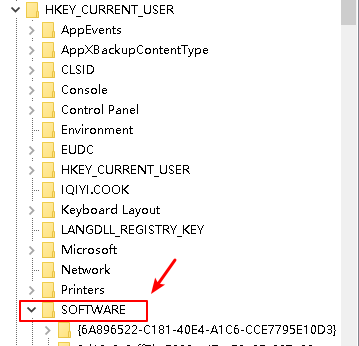Somtimes, we need write and read some information in windows registry. In this tutorial, we will intorduce you how to do using winreg library.
Preliminary
We should import winreg library.
import winreg
We should notice: windows registry is organized as a tree structure.

In order to write and read information from registry, we should notice the key.
Write information to windows registry
In this example, we will write some information in HKEY_CURRENT_USER.
Here is an example:
path = winreg.HKEY_CURRENT_USER
def save_reg(k = 'pdfpagespliter', v = 0):
try:
key = winreg.OpenKeyEx(path, r"SOFTWARE\\")
newKey = winreg.CreateKey(key,"ByteBash")
winreg.SetValueEx(newKey, k, 0, winreg.REG_SZ, str(v))
if newKey:
winreg.CloseKey(newKey)
return True
except Exception as e:
print(e)
return FalseIn this example, we will write {pdfpagespliter: 0} in HKEY_CURRENT_USER\SOFTWARE\ByteBash
ByteBash does not exist in HKEY_CURRENT_USER\SOFTWARE\, we will create it using winreg.CreateKey() firstly.
Then will use winreg.SetValueEx() to write key and its value.
Run this function, you will find this result.

Read information from windows registry
We also will write a function to read information from windows registry.
Here is an example:
def read_reg(k = 'pdfpagespliter'):
try:
key = winreg.OpenKeyEx(path, r"SOFTWARE\\ByteBash\\")
value = winreg.QueryValueEx(key,k)
if key:
winreg.CloseKey(key)
return value[0]
except Exception as e:
print(e)
return None
In order to read information from windows registry, we should open a key and read value.
The core code is:
value = winreg.QueryValueEx(key,k)
You should notice: the value is in 0 index of value.